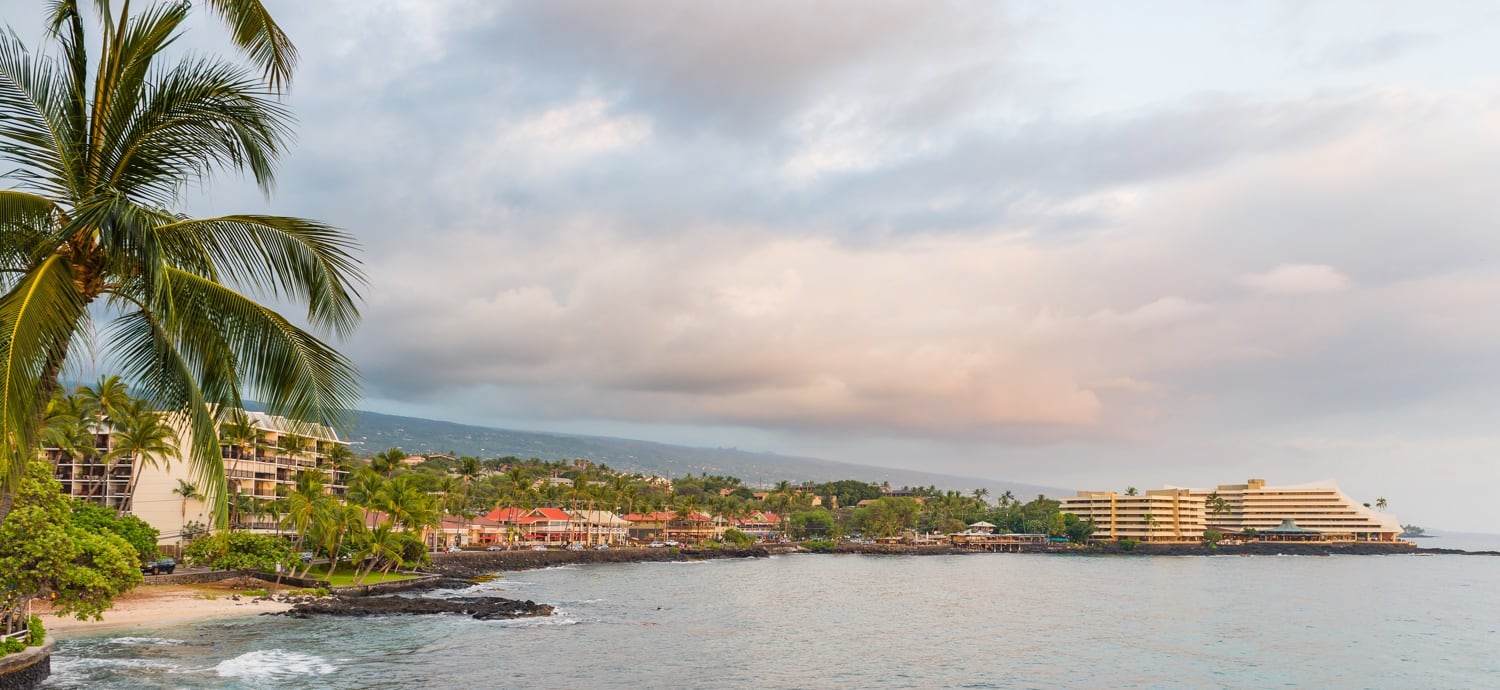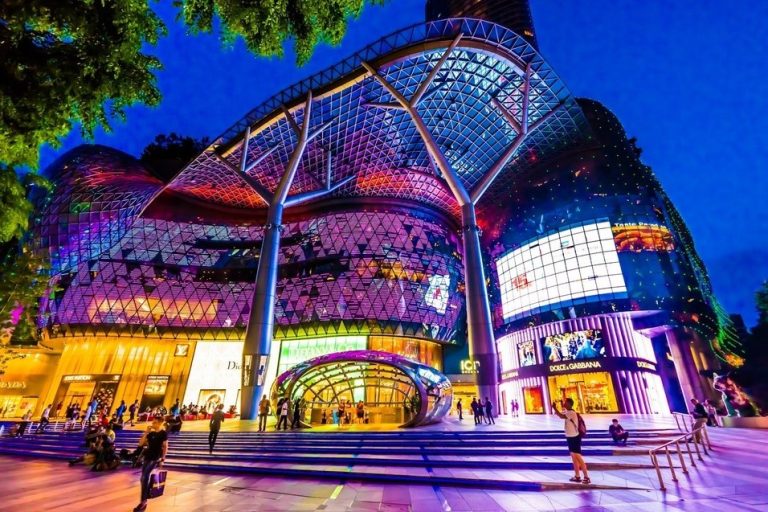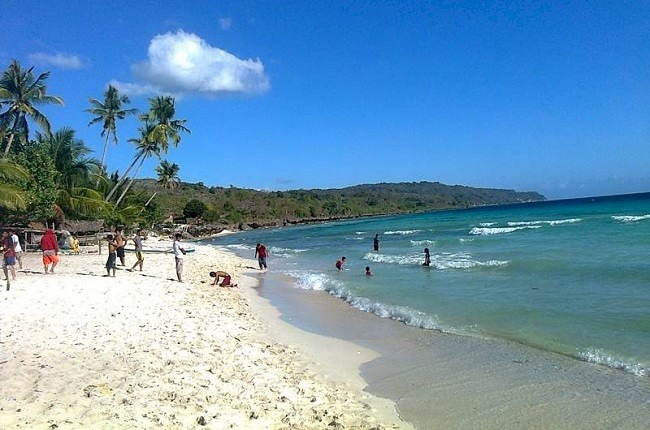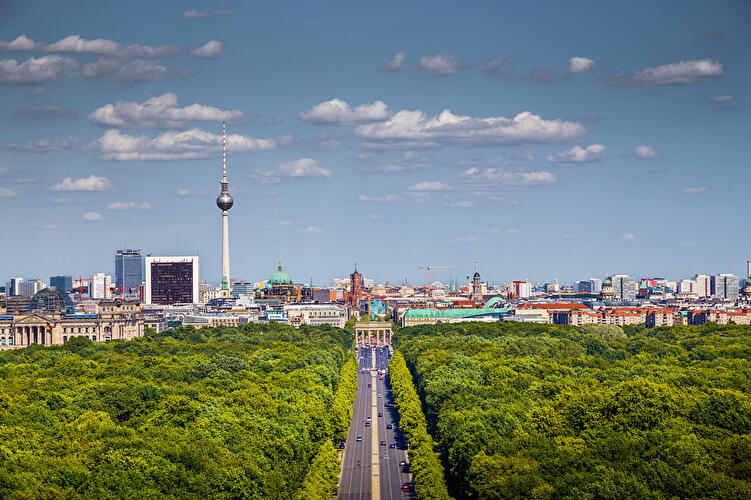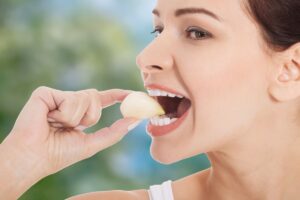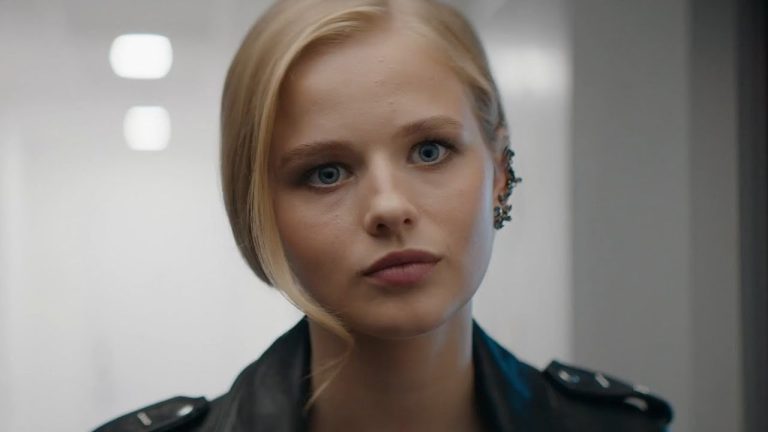The Kona Coast, located on the west side of Hawaii’s Big Island, is a region known for its stunning landscapes, rich cultural history, and world-famous coffee. Stretching along the sun-drenched shoreline from the town of Kailua-Kona to Kealakekua Bay, the Kona Coast offers a diverse array of experiences that attract travelers from around the globe. This article explores the many facets of the Kona Coast, including its history, natural beauty, cultural significance, and must-visit attractions.
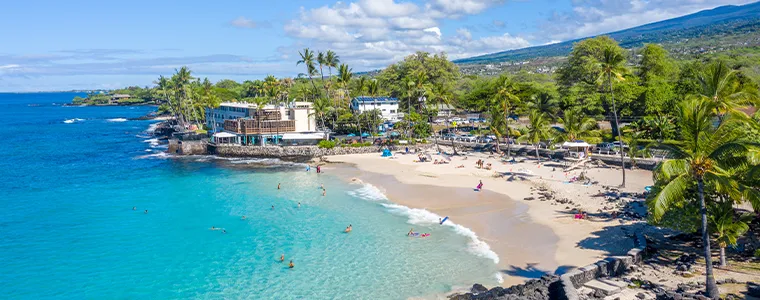
Historical Significance Kona Coast
The history of the Kona Coast is deeply intertwined with the ancient Hawaiian culture. The area was once the political and religious center of Hawaii, with many significant historical sites that offer a glimpse into the island’s past.
Ancient Hawaiian Kingdom
Kailua-Kona was established as the political capital of the newly unified Hawaiian Kingdom by King Kamehameha I in the early 19th century. He built his royal residence here, making it the epicenter of power. The remnants of this era can be seen at Hulihe’e Palace, a former royal vacation home, which now serves as a museum showcasing artifacts from the Hawaiian monarchy.
Religious Sites
The Kona Coast is also home to several important religious sites. The Pu’uhonua o Hōnaunau National Historical Park, also known as the Place of Refuge, is a sacred site where ancient Hawaiians could seek absolution after violating kapu, the traditional laws. The park features restored structures, royal grounds, and intricate lava rock carvings that provide insight into the spiritual life of early Hawaiians.
Natural Beauty
The natural beauty of the Kona Coast is unparalleled, with its dramatic volcanic landscapes, pristine beaches, and crystal-clear waters. The region’s unique geography is shaped by its volcanic origins, offering a variety of outdoor activities and breathtaking scenery.
Volcanic Landscapes
The Kona Coast lies on the slopes of the Hualālai and Mauna Loa volcanoes. The volcanic soil is incredibly fertile, supporting lush vegetation and the world-renowned Kona coffee plantations. Exploring the volcanic landscapes offers a chance to witness the raw power of nature, with lava fields and craters creating a stark, otherworldly environment.
Pristine Beaches
The coastline is dotted with beautiful beaches, each offering its own unique charm. Magic Sands Beach, also known as White Sands Beach, is famous for its powdery white sand and excellent swimming conditions. Kua Bay, with its turquoise waters and soft sand, is a favorite spot for both locals and tourists. For those interested in snorkeling, Kahalu’u Beach Park provides an opportunity to explore vibrant coral reefs teeming with marine life.
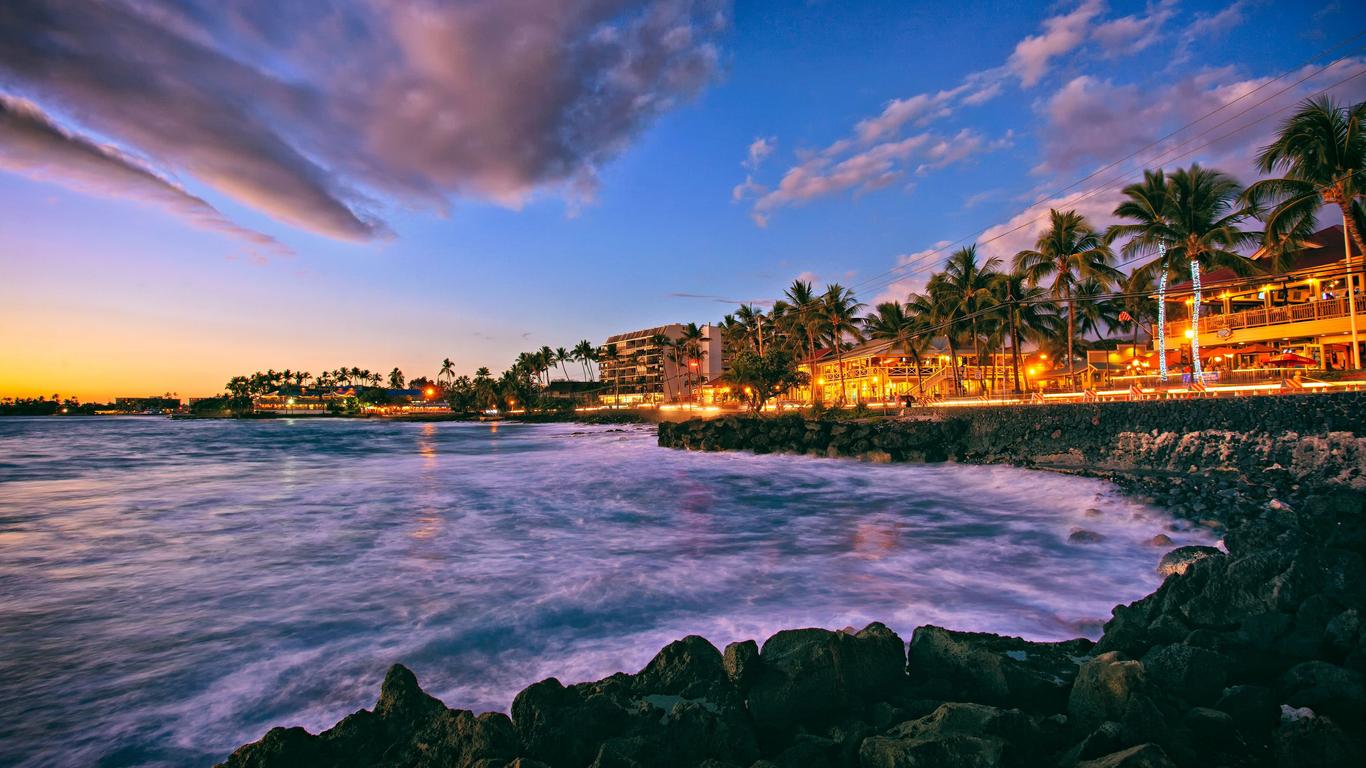
Marine Life
The waters off the Kona Coast are home to a rich diversity of marine life. The region is renowned for its excellent snorkeling and diving spots, where you can encounter colorful fish, sea turtles, and even manta rays. One of the most unique experiences is the manta ray night dive, where divers and snorkelers can observe these majestic creatures up close as they feed on plankton attracted by underwater lights.
Cultural Significance
The Kona Coast is a cultural treasure trove, with numerous opportunities to learn about and experience traditional Hawaiian culture.
Kona Coffee
Kona coffee is one of the most famous products of the region, known for its rich flavor and aromatic qualities. The unique combination of volcanic soil, ideal climate, and meticulous cultivation techniques contribute to the exceptional quality of Kona coffee. Visitors can tour coffee plantations, such as Greenwell Farms and Mountain Thunder Coffee Plantation, to learn about the coffee-making process and sample freshly brewed coffee.
Festivals and Events
The Kona Coast hosts a variety of festivals and events that celebrate Hawaiian culture. The annual Kona Coffee Cultural Festival, held every November, honors the region’s coffee heritage with parades, farm tours, coffee tastings, and cultural performances. The Ironman World Championship, a grueling triathlon event, takes place in Kailua-Kona and attracts athletes and spectators from around the world.
Hawaiian Arts and Crafts
Local markets and galleries showcase traditional Hawaiian arts and crafts, offering visitors a chance to purchase handmade souvenirs and support local artisans. The Kona Farmers Market, held in downtown Kailua-Kona, features a wide range of products, from fresh produce to handmade jewelry and crafts.
Must-Visit Attractions
The Kona Coast is packed with attractions that cater to all interests, from history buffs and adventure seekers to relaxation enthusiasts.
Hulihe’e Palace
Located in Kailua-Kona, Hulihe’e Palace is a must-visit udintogel for history enthusiasts. This former royal residence now serves as a museum, offering a glimpse into the life of Hawaiian royalty. The palace is filled with artifacts, furniture, and memorabilia from the era of King Kalākaua and Queen Kapiʻolani.
Pu’uhonua o Hōnaunau National Historical Park
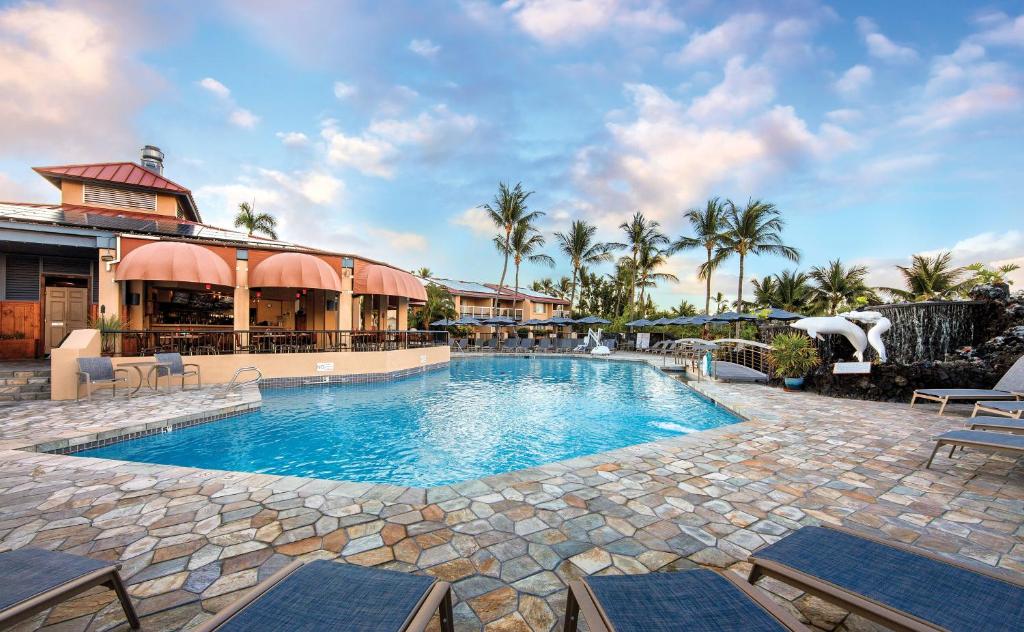
This sacred site offers visitors a chance to step back in time and explore ancient Hawaiian culture. The park features reconstructed temples, royal fishponds, and intricate carvings. It’s a place of immense cultural and historical significance, providing a deeper understanding of Hawaii’s past.
Kealakekua Bay
Kealakekua Bay is a marine sanctuary and a popular spot for snorkeling and kayaking. The bay is rich in marine life, and its clear waters offer excellent visibility. The area is also historically significant as the place where Captain James Cook, the first European to visit Hawaii, met his demise.
Mauna Kea Summit
For those seeking adventure and breathtaking views, a visit to the summit of Mauna Kea is a must. The summit is home to world-class observatories and offers unparalleled stargazing opportunities. Due to its high altitude and clear skies, Mauna Kea is considered one of the best astronomical observation sites in the world.
Practical Information for Visitors Kona Coast
Visiting the Kona Coast requires some planning to make the most of your trip. Here are a few tips:
- Best Time to Visit: The Kona Coast enjoys warm weather year-round. However, the best time to visit is during the dry season, from November to April, when the weather is ideal for outdoor activities.
- Getting Around: Renting a car is the most convenient way to explore the Kona Coast. Public transportation is limited, and having a car allows you to visit remote beaches, historical sites, and coffee plantations at your own pace.
- Accommodations: The region offers a range of accommodations, from luxury resorts and boutique hotels to vacation rentals and budget-friendly options. Kailua-Kona is a popular base for visitors, offering easy access to many of the area’s attractions.
- Local Cuisine: Don’t miss the opportunity to sample local Hawaiian cuisine. Try dishes like poke (raw fish salad), laulau (pork wrapped in taro leaves), and shave ice (a popular Hawaiian dessert). Many restaurants and food trucks offer fresh, locally sourced ingredients.
Conclusion
The Kona Coast is a vibrant and diverse region that offers something for everyone. Its rich history, stunning natural beauty, and cultural significance make it a must-visit destination for travelers to Hawaii. Whether you’re exploring ancient historical sites, enjoying the pristine beaches, or savoring a cup of world-famous Kona coffee, the Kona Coast promises an unforgettable experience that will leave you with lasting memories.
Read More Article About “Electrical Safety: Ensuring a Safe Environment 2024“











